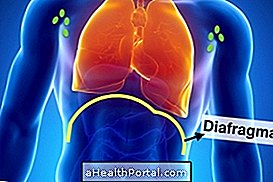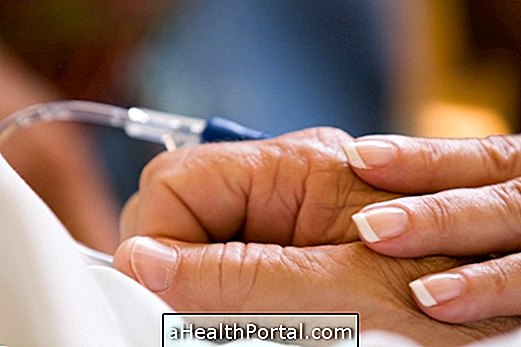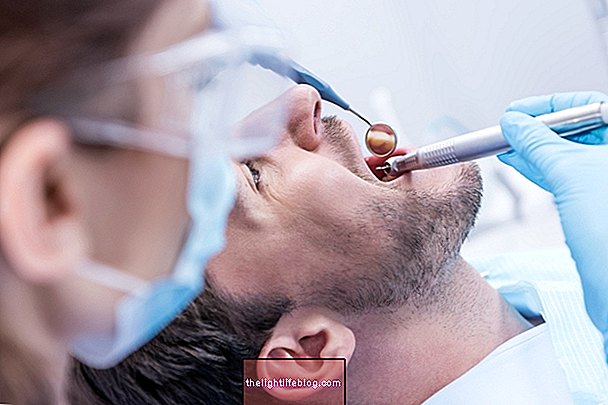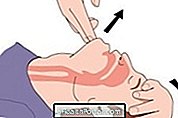Treatment for Hodgkin lymphoma can vary depending on the stage of cancer development, the age of the patient and the type of lymphoma, however, in most cases treatment includes the use of:
- Chemotherapy: is the treatment most used in this type of lymphoma and uses toxic drugs that eliminate the cancer cells of the body;
- Radiation therapy: It is usually used after chemotherapy to reduce the size of the gums and ensure that the cancer cells are completely eliminated. However, it may also be used before chemotherapy if the glands are too large;
- Steroid Remedies: These are used in more advanced cases of lymphoma to improve the effects of chemotherapy by accelerating treatment.
Surgery to treat Hodgkin's lymphoma is not used, however, the doctor may do a minor surgery to remove an affected tongue and perform a biopsy in the laboratory to better suit the form of treatment.
During treatment with chemotherapy or radiation therapy, some side effects such as excessive tiredness, hair loss, diarrhea, vomiting or redness of the skin are common, so your doctor may prescribe some medicines to help combat these effects. Here's how to relieve the effects on: How to deal with the side effects of chemotherapy.
In more severe cases, where Hodgkin's lymphoma does not respond to treatment or comes back, it may be necessary to re-start chemotherapy with larger doses of toxic drugs, and in those cases, blood or bone marrow transfusions may also be necessary, for example.
How Staging of Hodgkin Lymphoma Is Done
Staging of the development of Hodgkin's lymphoma is organized according to the sites affected by the cancer, observed through diagnostic exams such as biopsy or computed tomography, for example. Thus, the major stages of Hodgkin lymphoma include:
- Stage 1: Cancer is only in 1 group of lymph nodes or affected only 1 organ;
- Stage 2: The lymphoma is found in 2 or more groups of lymph nodes or in one organ and more clusters of lymph nodes. At this stage lymphoma affects only the structures on one side of the diaphragm;


- Stage 3: Cancer is developed in lymph nodes on both sides of the diaphragm;
- Stage 4: Lymphoma is developing in several groups of lymph nodes and has spread to other organs such as the liver or lungs.


The prognosis of Hodgkin lymphoma varies according to the stage of staging, and in most cases stages 1 and 2 present a high chance of cure while the stages are more difficult to cure.
How is the follow-up after treatment
After the treatment the doctor usually marks several consultations to evaluate if the cancer has been completely eliminated, being able in those consultations to ask for diagnostic tests like computed tomography, x-ray or blood tests, to confirm the results.
Consultations are usually made every 3 months, but over time they become less frequent until about 3 years after treatment, when the doctor can discharge the patient if no new signs or symptoms of cancer.
Signs of Hodgkin Lymphoma Improvement
Signs of improvement in Hodgkin lymphoma may occur during the first month of treatment and usually include reduction of swelling of the gums, as well as ease of weight gain and decreased fatigue.
Signs of worsening Hodgkin's lymphoma
Signs of worsening Hodgkin lymphoma are more frequent when treatment is started at a very advanced stage or is not being adequately done, and includes increased navels, night sweats, weight loss, and increased sites affected by lymphoma.























